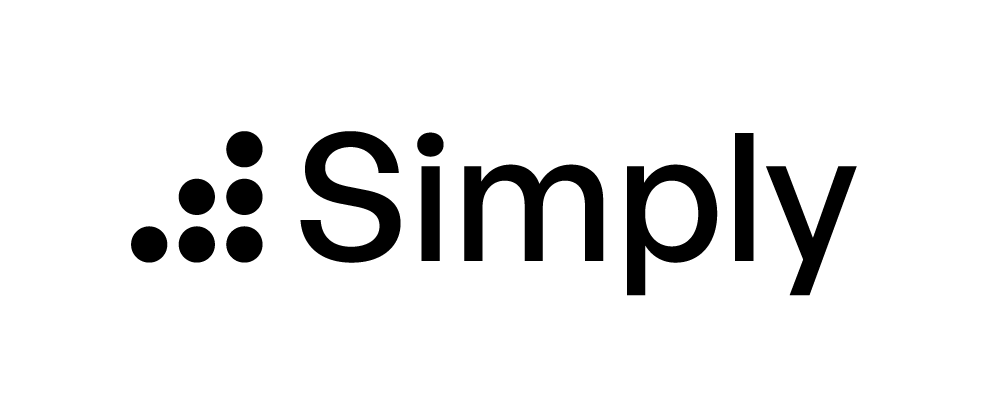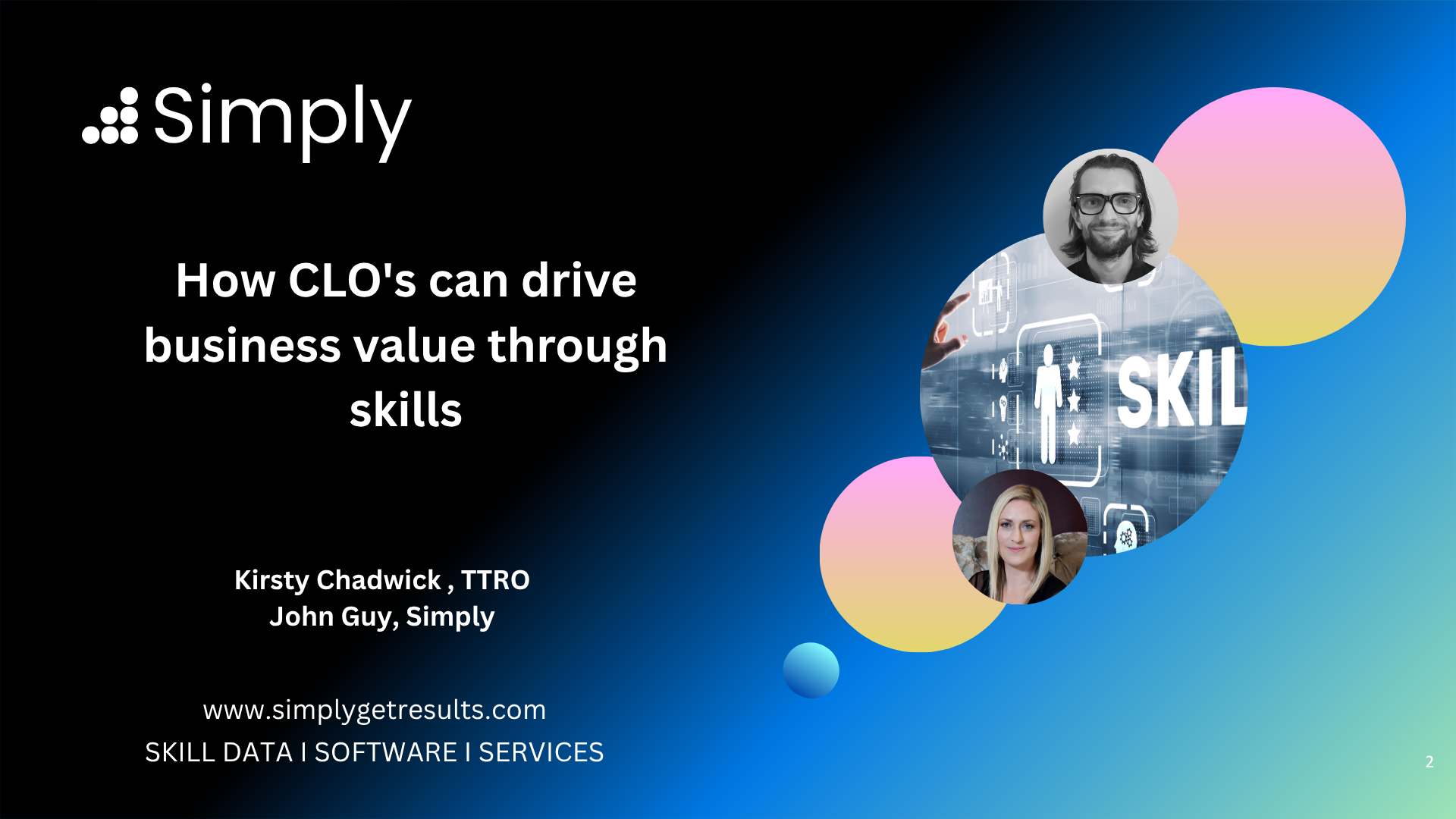Simply Skills Chat: How CLO's can drive business value through skills
“This is a journey, not a flick of a switch. It becomes a culture, one skill at a time.”
There’s never been a more pivotal time to lead learning.
Organisations are changing fast. Business models are being reshaped by AI, transformation programs and workforce pressure.
CLOs are no longer just content owners, but they now are setting the context for business transformation.
That’s what I discussed with Kirsty Chadwick, CEO at TTRO, one of our fabulous learning partners. She’s worked across sectors, helping CLOs move from learning programs to business-aligned capability strategies. And her message is clear:
If learning isn’t helping the business win, it’s time to change the game.
Skills: A Strategic Imperative, Not a Side Project
Modern learning functions are maturing from a supporting function to one which can be a strategic lever. Skills data, insight and connecting this to business outputs is the engine that drives intentional, business aligned skill development. CLOs are now expected to:
✅ Translate strategy into capability
✅ Prioritise skills that move business outcomes
✅ Enable leaders to be better commissioners of learning
✅ Design development that supports both human and digital agents
Kirsty shared how CLOs are partnering more closely with the C-suite, not to tick training boxes, but to drive transformation through skills readiness. At Simply, we see this shift daily. Progressive L&D leaders are proactively shaping strategy, not just responding to it.
From Content to Context
One learning leader put it perfectly: “I used to own content, now I own context.” That mindset shift is reshaping how CLOs operate.
It’s no longer about rolling out modules. It’s about understanding why a skill matters, where it applies, and how it supports business value. As Kirsty put it: “Content must be intentional, specific, and measured against real outcomes.”
Measurement That Matters
Forget traditional learning analytics. The real question is: Did we build the capability the business needed?
Forward-thinking CLOs are tracking impact across multiple layers:
Are skills aligned to business priorities?
Are we seeing improvements in performance, not just completion rates?
Are leaders equipped to work with AI and emerging tech?
One client of Simply’s moved beyond tracking attendance to measuring whether upskilling in relationship management actually led to more productive commercial outcomes. That’s the shift.
Agility Over Perfection
Learning strategies can’t afford to be locked into three-year plans anymore. Today’s CLOs work in sprints. They:
Start small (a single business unit or Academy)
Test their strategy in the real world
Iterate fast to learn and scale
Kirsty described this as a continuous, adaptive approach that meets the speed of business. It also unlocks funding more easily, because the impact is clearer, sooner.
Skills for a Hybrid Workforce
With AI and automation entering the mix, CLOs face a new challenge: Which skills should live with people, and which with machines?
It’s not just about upskilling—it’s about redistributing work. That’s why CLOs are now expected to engage in organisational design, operating model shifts and workforce planning. At Simply, we help leaders model these scenarios, often finding unexpected efficiencies and growth opportunities.
Overcoming the Barriers
What holds some CLOs back?
🚫 Budget that’s locked into outdated platforms
🚫 Resistance to new tech or tools
🚫 Lack of strategic alignment with business units
🚫 Siloed thinking within HR and L&D
The CLOs making the most impact are overcoming this with mindset shifts, better data, and stronger cross-functional partnerships.
The Call to Lead
This isn’t just an opportunity—it’s a responsibility.
CLOs today must be:
Translators of strategy into capability
Challengers of legacy mindsets
Stewards of learning culture
Designers of workforce agility
Want to make skills transformation real, measurable, and fast? We help CLOs launch outcome-focused skill development programs in just eight weeks. Let’s talk.


